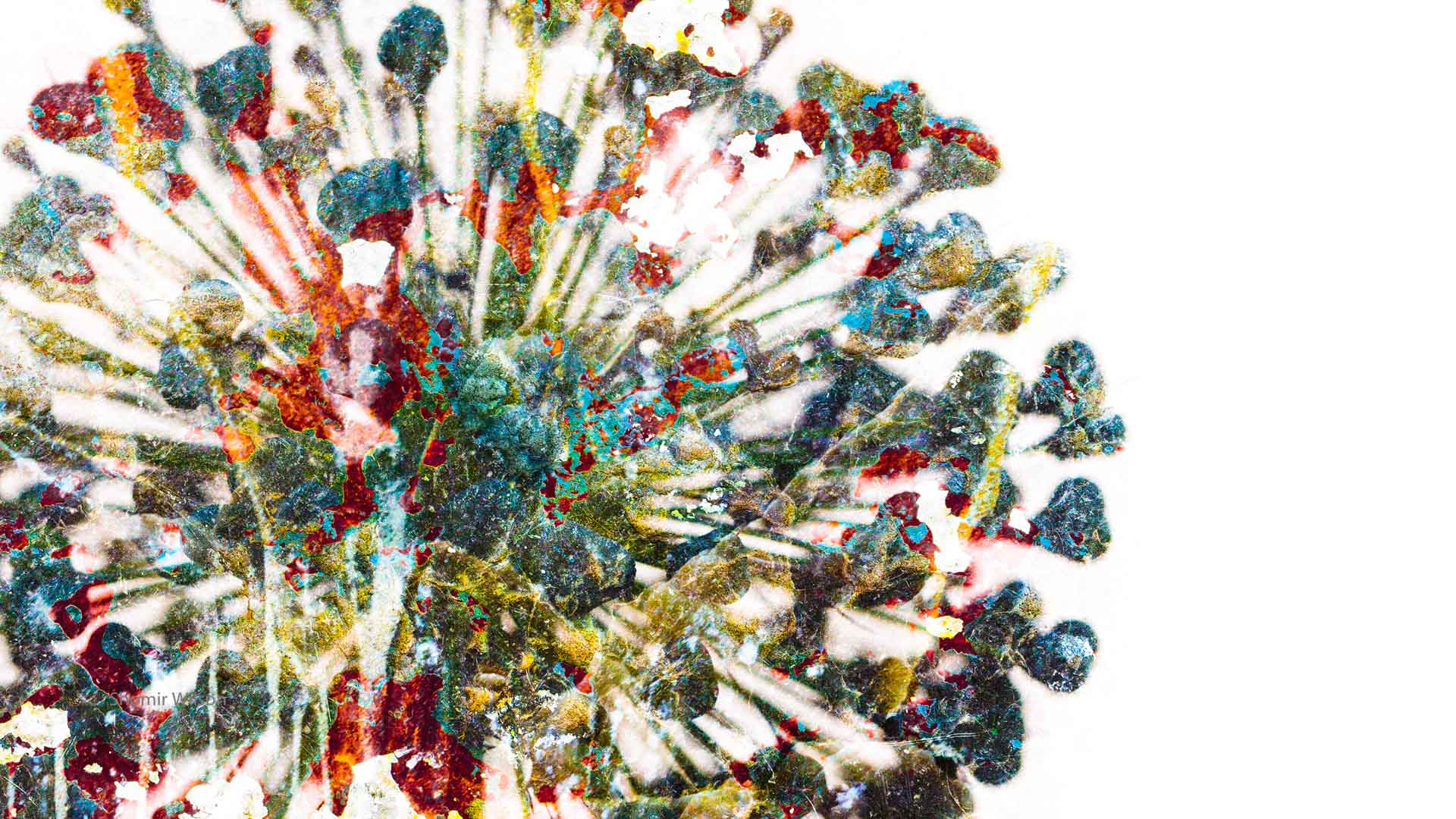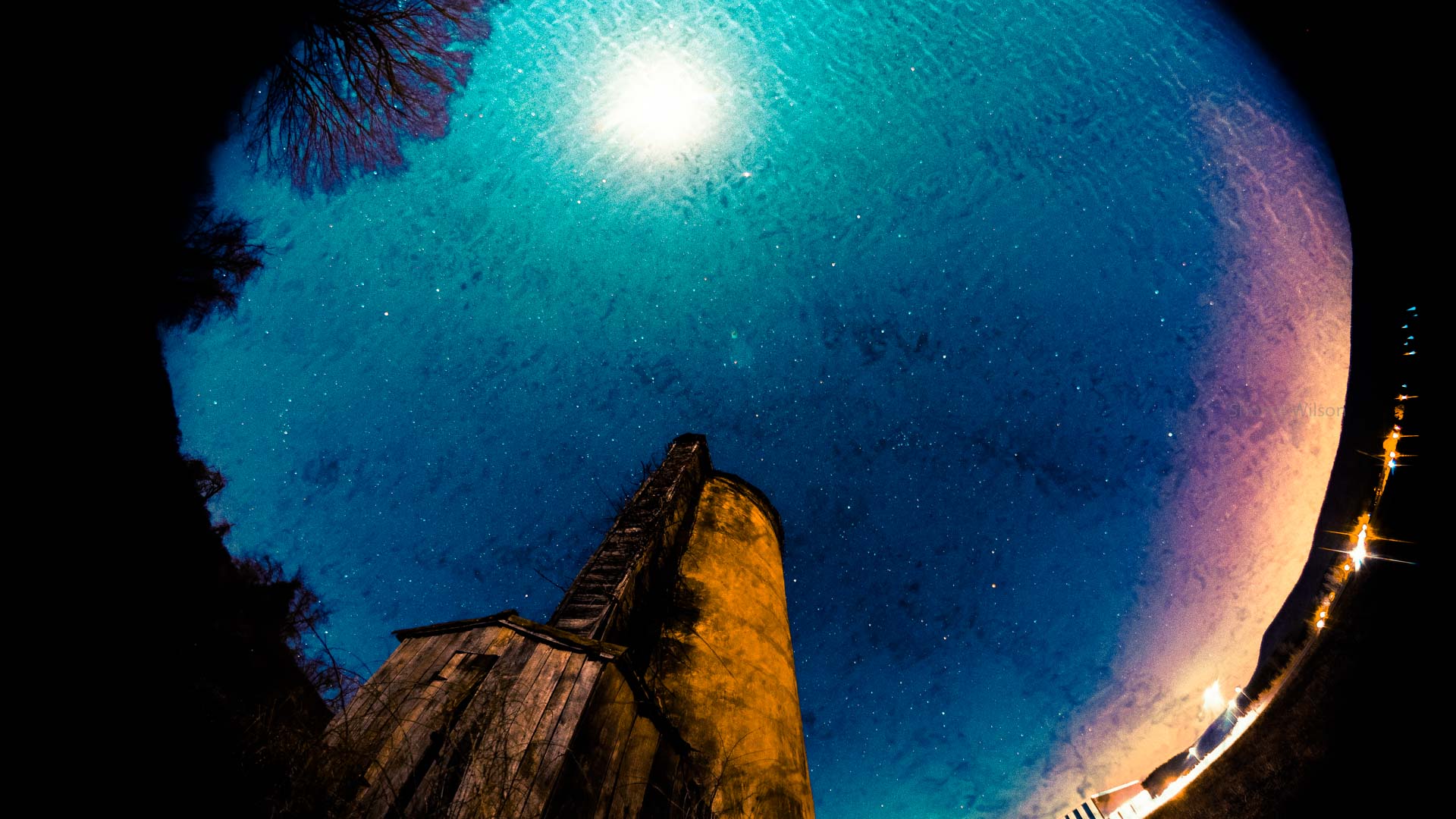Guide for Working in HLT Lab
This guide is part of my advice pages.
Read This First
I wrote this guide to support members of my lab. Please read it when you join my lab and bookmark it for future reference.
To increase the longevity of the text, I omit some details such as hyperlinks to resources with addresses that may change. (Searching for them should work.) If you need to know more about an item or you're looking for something that isn't here, please ask me or another lab member about it. I am glad to connect my advisees with resources for their research and professional development.
Finally, if some part of this guide (or any of my guides) is out of date or incorrect, let me know.
The Guide
- Guidance
- Advice
- Writing
- Career Planning
- Statistics
- Applying for Things
- When Life Happens
- Meetings and Collaboration
- Scheduling
- Presenting Your Work at a Lab Meeting
- Cancellations
- Peer Collaboration
- When You're Leaving
- Productivity Assets
- Slack
- Personal Computing
- Centralized Computing Resources
- Repository for Software and Data
- Physical Lab Space
- Books
- Linguistic Data Consortium
- Miscellany
- Publication Opportunities
- Lab Branding
- Posters
- Reimbursement for Research Expenses or Official Travel
- About the Pictures in This Guide

Guidance
Advice
My advisees should follow the instructions I provide in this guide and throughout my advice pages. After you read these pages, ask me any questions you have about them. If you find any mistakes, please let me know and I'll be pleased to correct them.
Note the Guide for Joining My Lab contains lots of information about my approach to advising, which continues to be relevant after you join the lab.
Writing
See my advice pages for several guides on writing manuscripts and submitting them to publication venues.
For PhD and MS students, the Graduate Writing Center is a good resource. Also, some students report that the free tier of Grammarly is helpful.
Overleaf is my preference for collaboratively preparing manuscripts for publication. I recommend Zotero for managing your reference lists.
Career Planning
I welcome conversations with my advisees about career planning, regardless of whether you are certain or uncertain about you goals. If we can't fit a career conversation into a project meeting, we can have a separate meeting. Before the meeting, send me an updated copy of your CV (or if you don't have one, your resume). Bring specific questions for us to discuss.
IST's Career Solutions office also provides career advice as well as resources for finding internships and jobs.
Statistics
If you need someone to talk with about using statistics in research, Penn State's Statistics Consulting Center is useful.
Applying for Things
I am glad to provide feedback on my advisees' applications for scholarships and fellowships.
I am also glad to provide feedback on my advisees' resumes and CVs, though you should revise based upon feedback from IST's Career Solutions before approaching me.
For letters of recommendation, see the entry in my Guide for Interacting With Faculty.
When Life Happens
Penn State's Counseling and Psychological Services ("CAPS") is open to all Penn State students. There's no need to talk with me about using this resource, but if you would like my assistance, I can help you call or visit CAPS.

Meetings and Collaboration
Scheduling
When2Meet and Doodle are helpful for scheduling meetings with three or more attendees. I prefer When2Meet, but occasionally there is a reason to use Doodle instead.
Whenever you're asked for times when you can meet, provide your full availability: any and all options that will work for you, even times that don't work for other people. Providing unnaturally few options can delay scheduling, as we must discover the hidden options by trial and error. Not disclosing all your options also may prevent other lab members or collaborators from being able to attend.
Once we decide on a time to schedule or reschedule a meeting, send the calendar invitation as soon as possible. Immediately is best. Meetings aren't officially scheduled without the calendar invitation, and since I plan my days using my calendar, you may lose your time slot if you delay. If it's a videoconferencing meeting (e.g., using Zoom), send a combined calendar-and-videoconferencing invitation.
Remember that everyone who receives a calendar invitation sees the same event name. Provide a short, descriptive name, e.g., the project name or (for one-on-one meetings) your name and mine. Do not give the meeting a name like "Meeting" or "Dr. Wilson".
In-person meetings are important to me, and unless the university instructs us otherwise (e.g., because of a pandemic), you should expect nearly all of our meetings to be in-person. I can make occasional exceptions in extenuating circumstances, but it's appropriate to ask me first.
Project Meetings
Here are some guidelines to make the most of our research meetings:
- Bring slides: Slides provide structure for our meetings, and they give us artifacts to point at and examine. They also record your research progress for your future reference.
- Mind the details: Before the meeting, proofread your slides and sanity check your results in them. At best, errors are distracting. At worst, they introduce misconceptions that take time to correct, or they mislead our research direction.
- Begin with a list of topics we should discuss: This helps to budget our time.
- After the list of topics, review the big picture: Remind me about the research questions you're currently working on and any conclusions from previous meeting. I may have had many meetings since we last met, and a review helps me understand your work. After the big picture, you can show new results.
- Use time carefully: Focus on what I need to know about your progress and what you need feedback on. Bring clear, straightforward questions that I can help with. If you're uncertain what to do next, budget substantial time for a discussion; avoid asking about this in the final few minutes of a meeting, when we can't give it careful consideration. End the meeting on time.
- Avoid showing raw output from computational tools: You should improve the readability of results by creating your own tables and figures. For example, poorly labeled data (e.g., "0" and "1" labels) or excessive digits after decimal points reduce my ability to quickly understand your work.
- Avoid scrolling: When people show me lots of scrolling on a screen, I get motion sickness.
- If you wish, record our conversation or keep notes: Some students record our meetings so that they can review my feedback later. I'm typically fine with being recorded, but ask first. Some students take written notes; we can pause the conversation at any time if you need to catch up. Other students use neither recordings nor notes. Find what works best for you.
Presenting Your Work at a Lab Meeting
Lab meetings and project meetings are different. When you present at a lab meeting, getting input on your work from other lab members is just as important as sharing what you've done. Plan an interactive presentation.
Follow all applicable guidelines for project meetings, plus these additional guidelines:
- Prepare your presentation for an audience that hasn't seen your work before. Some lab members may be entirely unfamiliar with your work. New PhD students and undergraduates at the meeting will not know some technical terms. If you're tempted to say something like "I'm sure we're all familiar with [a concept]", it's a good sign you shouldn't say that, and instead you should explain the concept.
- Be prepared to present for two-thirds of your allocated time, i.e., 40 minutes out of an hour or 20 minutes out of a half hour. The rest should be time for setup, questions, and discussion.
- Practice your presentation. Practice should help you proofread your slides and calibrate your presentation length.
- Encourage audience participation throughout your presentation, not just at the beginning and end. Ask the audience for feedback on problems you're facing or questions you're wondering about. Ask for opinions on things that you think lab members may find interesting. If you plan to talk for more than five minutes without audience participation, re-evaluate how you're presenting and plan to get the audience talking again.
- Use slides as visual aids, not as a script. Slides should complement, rather than mirror, what you speak to us. If a presenter doesn't need to listen to you (i.e., reading your slides is sufficient to follow your talk), re-evaluate how you're presenting.
Cancellations
Personal health and well-being are more important than research. If you need to postpone work or cancel a meeting, let me know as early as possible. A few weekdays' notice permits me (and potentially other lab members) to replan. The flu and similar contagious illnesses are a sufficient reason to cancel a meeting, or to teleconference from home if you feel able.
Peer Collaboration
Check with me before asking a lab member to commit substantial effort toward something they're not already working on (e.g., if you need significant help on data labeling, coding, analysis, etc.). I might be aware of time constraints or priorities that interfere.
If another lab member's behavior is interfering with your work, please bring it to my attention. I will speak with them and rearrange projects if necessary. The university's policies on discrimination and harassment apply to interactions between lab members at all times.
Remember that I make all decisions about lab membership and participation in lab research projects. My advisees are typically free to discuss their research with anyone, but to join the lab or to join one of our research projects, a person must talk with me first. Prospective advisees should follow the instructions in the Guide for Joining My Lab.
When You're Leaving
All students will separate from the lab eventually. On an individual basis, it might happen because they're graduating, their interests have changed, or other obligations require them to leave. Some important guidelines:
- Provide as much advance notice as possible.
- If I'm not already expecting your departure, find a time to have a conversation with me about it. A one-on-one meeting is best.
- Expect that we'll talk about your obligations to conclude your involvement in research. During the meeting I may compose an email listing those obligations, so we can agree upon them in written form.
- Prepare the artifacts of your work for another student to pick up. These include datasets, source code, documentation, presentations, and manuscripts. Research progress retains its value only if someone else can understand what you did.
- When another student picks up your project, expect them to ask questions before and after your departure to understand what you did. It's important to keep in contact.
Avoid ghosting from the lab (i.e., suddenly becoming unreachable and not attending meetings) or announcing your departure with no advance notice. Sudden departures make it difficult or impossible to continue your project or publish your work, which means the time other people invested in it is lost. Remember that we can find ways around some problems together, and for those that I can't help with, the university might be able to assist.

Productivity Assets
Slack
We have a Slack workspace that all lab members should join. The list of people in it serves as a de facto list of lab members, though sometimes I may need a few weeks to update it when a lab member leaves. Feel free to use it to organize projects, to ask for help, to share useful resources, or to discuss news related to lab research. I may check in sometimes, but if you need my attention, please email me instead.
Although the Slack workspace is not an official university resource, I still expect lab members to follow the university's acceptable use policy for information resources.
Personal Computing
If you are one of my PhD students and you need a laptop, let me know. The lab can sometimes purchase laptops or lend you a spare one. You are welcome to travel with the laptop and use it for both personal and professional tasks, but it remains the property of the lab, and you must return it when you separate from the lab.
If you are developing an app for smartphones or tablets, the lab might be able to provide these devices. They also will remain the property of the lab. Note that it's generally not possible to provide service plans.
Centralized Computing Resources
Our lab has a CPU/GPU server named Nessie that all lab members are welcome to use. To get onto the authorization list for using Nessie, email the IST Helpdesk with me CC'd. Once authorized, to access Nessie, you must first be on IST's network or SSH into the college's gateway (ssh.ist.psu.edu) with your Penn State ID as credentials. After that, you can use your Penn State ID to SSH into nessie.ist.psu.edu. Contact IST's IT helpdesk if you encounter problems or need additional software installed on Nessie. Remember to back up your work elsewhere.
To host web demos of research, we might be able to request a virtual server in IST's computing cluster. Contact me for details.
Penn State's Institute for Computational Data Science has a freely available tier of access to their computing cluster.
If these resources are insufficient for your work, let me know and we'll look for more. Purchasing computing time or a server are sometimes possibilities.
Repository for Software and Data
The lab has a group on PSU GitLab. I encourage lab members to create projects in the group for their work, to frequently push changes to the repository, and to document their projects so that they can be picked up by others.

Physical Lab Space
We have desks, chairs, and cabinets for lab members to use in a shared lab space. To gain access, ask me for details and then contact IST Facilities.
You are welcome to informally "claim" a desk, but please keep it clean (e.g., throw away trash) and keep it clear enough for other lab members to temporarily use when you are not present. Lab members are welcome to use any desks that are allocated to my lab.
Physical assets purchased for our lab space (e.g., desktop computing equipment, appliances, etc.) must stay in designated areas unless I give explicit permission to take them elsewhere.
Remember that many people have access to the lab space. Take appropriate security precautions with your belongings.
For my guidelines on presence in the lab, see the entry on my advising style in the Guide for Joining My Lab.
Books
You can ask about borrowing any of the books on the bookshelf in my office, for research or for personal interest. If you're looking for a particular topic, ask and I might be able to help.
Penn State has a subscription to O'Reilly's ebook service, which is useful for picking up new technical skills.
Penn State also has an excellent library, where I've borrowed books for both work and personal enrichment.
Linguistic Data Consortium
IST and CSE sometimes jointly hold a membership in the Linguistic Data Consortium that allows us to download a limited number of corpora per year from their collection. Let me know if using this resource will help your work.

Miscellany
Publication Opportunities
When you join the lab, I recommend that you sign up for email lists run by ACL, ACM, and USENIX. These email lists will help you to become aware of publication opportunities. You should be able to receive announcements for free (i.e., without paying for membership) by creating accounts on their websites, but let me know if this isn't possible.
I appreciate when my advisees take the initiative toward choosing where and when to submit manuscripts, though they should tell about those plans so that I am aware of the work.
Lab Branding
Our lab's name should be written as either "the Human Language Technologies Lab" or "HLT Lab". For the abbreviated version, note capitalization and the single space between "HLT" and "Lab".
This version of the HLT Lab logo and this College of IST logo should be included on posters about lab research and in slide decks for presentations to non-lab audiences about lab research. On posters, they should appear either flanking the title at the top or together at the bottom. In slide decks, they should appear together on the first slide and also on the last slide. As with all images on posters or slides, preserve the original aspect ratios (i.e., do not stretch images horizontally or vertically).
Logos from relevant collaborators and funding agencies also should be included in posters and slides, typically adjacent to our logos.
Lab members are welcome to include their affiliation with HLT Lab in their resumes, CVs, websites, or anything else that represents themselves. However, they should check with me before using the lab name or logo in ways that represent the lab as a whole.
Posters
Use a sample lab poster from this GitLab project as a template for your poster. Note that some of the samples are vertical and some are horizontal, and you may need to adjust the dimensions to match a venue's requirements.
If you're traveling with a poster that you will present, ask about borrowing my poster tube. It's designed for travel, with a reinforced cylinder and a shoulder strap.
Reimbursement for Research Expenses or Official Travel
Check with me prior to anything that will require reimbursement. We should agree on an estimate. IST's Finance Office can explain reimbursement procedures. If paying upfront and getting reimbursed isn't practical for you, let me know and we'll investigate alternatives.
About the Pictures in This Guide
I added them to break up the text; all of them are mine. I am a photographer in my spare time.